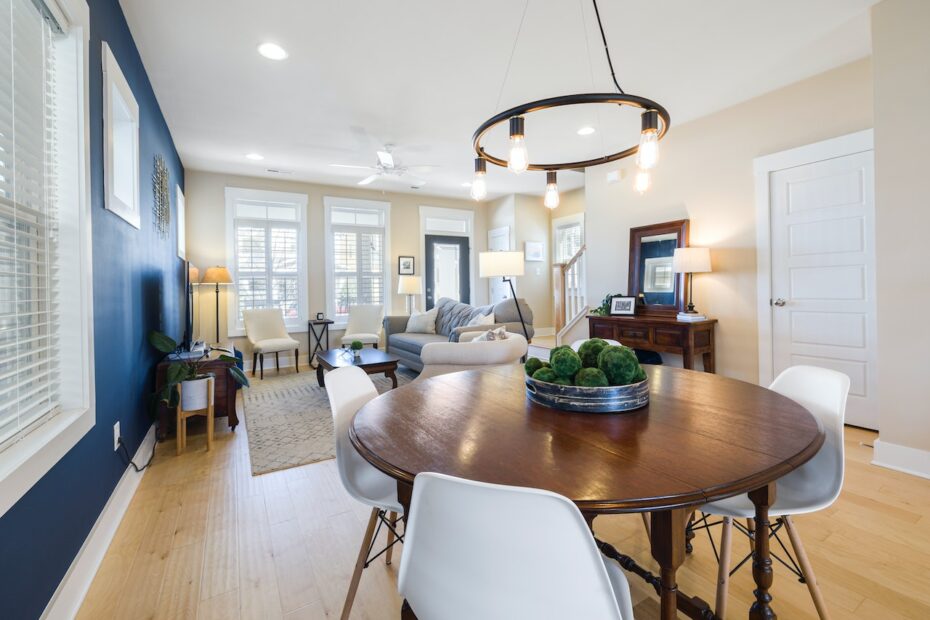Purchasing a new home is an exciting milestone, but it often comes with the necessary step of a home inspection. After the inspection, you may find yourself negotiating repairs with the seller, particularly if issues are discovered during the assessment. When it comes to negotiating repairs after a Clayton home inspection, it is important to be well-informed and follow a strategic approach to secure a fair resolution. Here are some essential dos and don’ts to consider during this crucial phase of the home buying process.
Dos:
- Review the inspection report thoroughly: Carefully read through the home inspection report, understanding the identified issues and their severity. Prioritize the repairs that are essential for the safety and habitability of the property.
- Seek professional advice: Consult with a trusted contractor or a qualified home inspector to gain a deeper understanding of the necessary repairs and their estimated costs. Their expertise will be invaluable in determining fair negotiation terms.
- Prioritize safety concerns: Focus on negotiating repairs for any safety-related issues such as electrical problems, structural damages, or plumbing leaks. These repairs should take precedence over cosmetic or minor issues.
- Document everything: Maintain a detailed record of all communications, including emails, messages, and letters exchanged with the seller or their agent. These documents will serve as evidence and protect your interests during negotiations.
- Be respectful and professional: Approach negotiations with a respectful and professional attitude. Keep in mind that the seller may also have financial limitations or personal circumstances that affect their ability to address all repair requests. A cooperative and understanding approach can lead to a mutually beneficial outcome.
Don’ts:
- Avoid excessive demands: While it is essential to address necessary repairs, avoid making unreasonable or excessive demands that may strain the negotiation process. Focus on the crucial repairs rather than trivial cosmetic issues.
- Don’t underestimate the power of compromise: Negotiations are all about finding common ground. Be open to compromises and alternative solutions, such as a reduction in the purchase price or a seller’s credit towards repairs, which can alleviate the burden on both parties.
- Don’t rush the process: Negotiating repairs can be time-consuming, so avoid rushing through the process. Take the necessary time to evaluate the situation, gather information, and make informed decisions.
- Avoid verbal agreements: Ensure that all agreed-upon repairs and terms are documented in writing. Verbal agreements may lead to misunderstandings or disputes in the future, so it is crucial to have a written record for reference.
- Don’t neglect to reinspect: Once repairs are agreed upon and completed, consider scheduling a reinspection to confirm that all necessary repairs have been adequately addressed. This will provide peace of mind and ensure that the property is in the agreed-upon condition at the time of closing.
Negotiating repairs after a Clayton home inspection requires a thoughtful and strategic approach. By following these dos and don’ts, you can navigate the negotiation process effectively, safeguard your interests, and ensure a fair resolution that satisfies both parties involved. Remember, effective communication, professionalism, and a willingness to compromise can go a long way in reaching a successful outcome.
